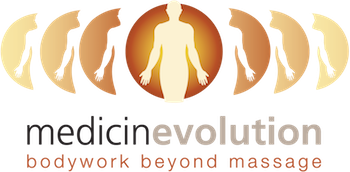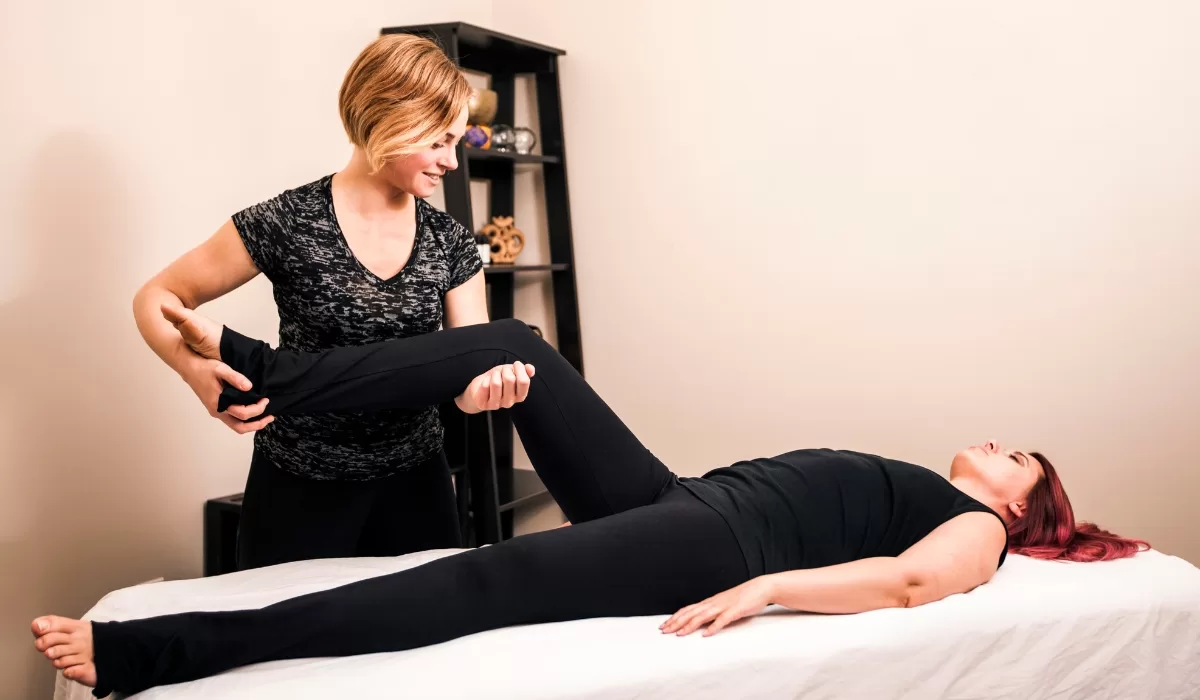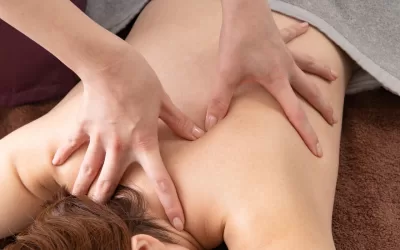Are you tired of chronic pain or want to move better? “Massage” and “bodywork” sound similar but offer different benefits. Rolfing Structural Integration looks at the whole body, focusing on the fascia for lasting changes.
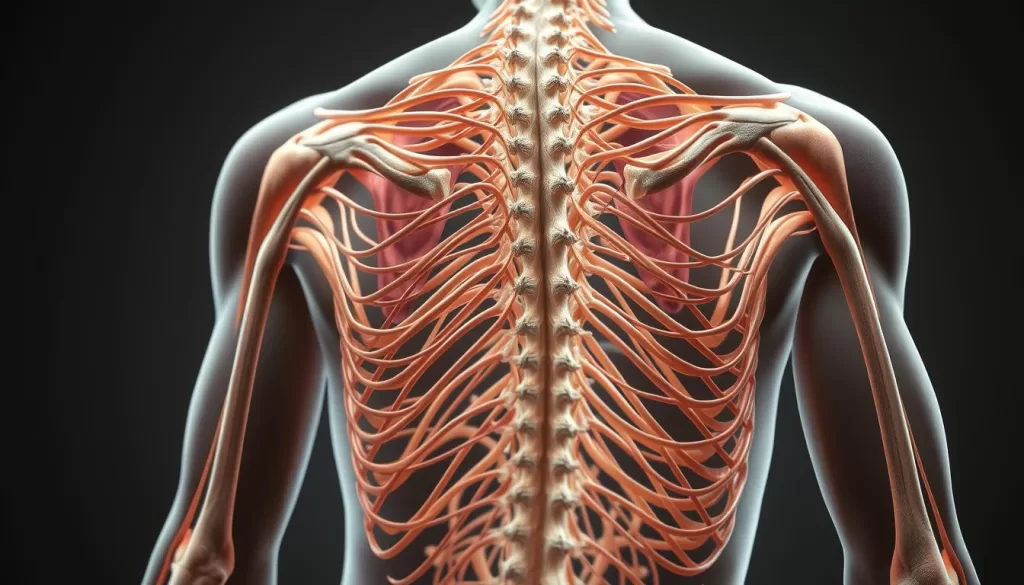
This holistic bodywork method involves several sessions to improve posture and balance. Knowing the difference between these therapies helps you choose the right care for your body. People often notice better alignment and body awareness after Structural Integration.
Key Takeaways
- Understand the difference between massage therapy and holistic bodywork.
- Learn how fascia-focused therapies can lead to better mobility and pain relief.
- Discover the benefits of a holistic approach to body care.
- Explore the role of fascia in overall body health.
- Find out how Structural Integration can improve posture and balance.
Understanding the Difference: Massage Therapy vs. Bodywork
Manual therapy includes massage therapy and bodywork, each with its own focus and methods. Both involve touching the body’s soft tissues, but they have different goals and results.
Traditional Massage Therapy: Goals and Techniques
Massage therapy mainly aims to relax, ease muscle tension, and boost blood flow. It uses kneading, rolling, and pressing to work on muscles and joints. It helps reduce stress and pain, improving overall health.
A famous massage therapist once said, “Massage therapy is not just about physical relaxation; it’s also about creating a mental state of calm.“
Bodywork: A Broader Approach to Body Manipulation
Bodywork uses a wide range of techniques to align and balance the body’s structure. It includes practices like Rolfing, which focuses on the fascia. Fascia is the tissue around muscles, bones, and other soft tissues.
By working on the fascia, bodywork aims for long-lasting changes. It improves posture, mobility, and body alignment. Fascia therapy is key in this approach, highlighting fascia’s role in our body’s functions and movement.
Why the Distinction Matters for Treatment Outcomes
Knowing the difference between massage therapy and bodywork is key for the best results. Massage therapy offers quick relief from tension and stress. Bodywork, focusing on body alignment and structural integration, brings deeper and lasting changes.
Choosing the right therapy helps meet specific needs. Whether you want to relax or improve posture and mobility, the right choice matters.
Dr. Ida Rolf, Rolfing’s founder, said, “
The body is not a collection of parts, but a integrated system.
” This shows why looking at the whole body is important when seeking manual therapy.
The Science of Fascia: Your Body’s Connective Network
Fascia is a web-like structure that plays a key role in our body. It affects how we move, feel pain, and stand. It’s a complex network that wraps around every cell, muscle, and organ.
What Is Fascia and Why It Matters
Fascia is a type of connective tissue that covers our body. It supports and stabilizes us, making movement smooth. It’s vital for our health, helping cells share nutrients and waste.
When fascia gets damaged, we can feel pain, move less, and organs may not work right. So, knowing about fascia is key to staying healthy and avoiding sickness.
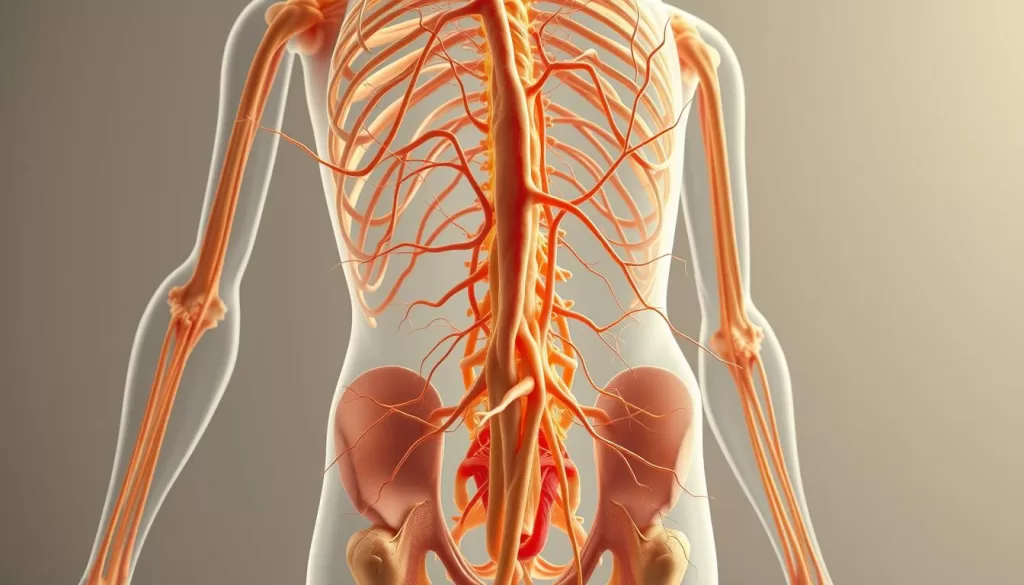
How Fascia Affects Movement, Pain, and Posture
Fascia greatly influences how we move, feel pain, and stand. Healthy fascia lets us move easily. But, if it’s restricted or scarred, we might feel pain, stiffness, and move less.
- Fascia helps us sense our body’s position and movement.
- When fascia is restricted, it can cause chronic pain.
- Good fascial health is linked to good posture, avoiding imbalances.
Recent Research on Fascial Health and Plasticity
New studies highlight fascia’s importance and its ability to change. Fascia is not just passive; it actively participates in our body’s functions. It can adapt and change in response to different stimuli.
Some important findings are:
- Fascia has many sensory nerve endings, making it a big player in pain.
- Fascial plasticity lets it adjust to changes in movement, posture, and health.
- Manual therapies like massage and structural integration can improve fascial health.
Fascia-Focused Structural Integration: Principles and Practices
Structural integration focuses on the fascial network to improve bodily functions and well-being. It has become popular for its ability to change how we view and treat the body.
Origins and Evolution of Structural Integration
Developed by Dr. Ida Rolf in the mid-20th century, structural integration is a unique bodywork form. It aims to improve on traditional massage by targeting the connective tissue around muscles and bones. Over time, it has grown, adding new techniques to boost its effectiveness.

Key Techniques in Fascial Manipulation
Fascial manipulation is central to structural integration. It uses different methods to release tension in the fascial network. Two main techniques are used:
Myofascial Release Methods
Myofascial release uses gentle, sustained pressure to ease pain and improve movement. It’s great for treating fascial restrictions.
Deep Tissue Manipulation
Deep tissue manipulation targets deeper muscle and fascia layers. It uses slower strokes and deeper pressure to access often-overlooked areas.
| Technique | Description | Benefits |
|---|---|---|
| Myofascial Release | Gentle, sustained pressure | Pain relief, improved range of motion |
| Deep Tissue Manipulation | Slower strokes, deeper pressure | Relief from deep-seated tension, improved posture |
The Rolf Method and Other Specialized Approaches
The Rolf Method, created by Dr. Ida Rolf, is a well-known form of structural integration. It aims to realign the body’s fascial structure for better posture and pain relief. Other specialized methods have also emerged, each with its own techniques and philosophies. For example, Rolfing and myofascial release differ in their specific approaches and the depth of fascial engagement.
These methods show the versatility and effectiveness of fascia-focused structural integration in promoting holistic health and wellness.
Transformative Outcomes: How Fascial Therapy Differs from Regular Massage
Fascial therapy is changing how we think about bodywork. It offers deep, lasting results that regular massage can’t match. By working on the fascia, it brings about profound changes.
Physical Benefits: Improved Posture, Mobility, and Pain Relief
Fascial therapy greatly improves posture, mobility, and pain relief. It releases tension in the fascia, making you more flexible and less in pain. This is great for those with chronic pain or limited mobility.
- Enhanced posture through fascial release
- Increased mobility by reducing fascial tension
- Pain relief by addressing the root cause of discomfort
Emotional and Psychological Effects
Fascial therapy also has emotional and psychological effects. It can make you feel relaxed and less stressed. Many people say they feel more calm and grounded after a session.
Case Studies: Before and After Structural Integration
Many studies show fascial therapy’s success. For example, a study on Medicinevolution found Rolfing helps with lasting body alignment and pain relief.
| Benefit | Before Therapy | After Therapy |
|---|---|---|
| Posture | Poor alignment | Improved alignment |
| Mobility | Restricted movement | Enhanced flexibility |
| Pain Level | Chronic pain | Significant pain reduction |
Finding a Qualified Practitioner and What to Expect
To get the best from fascial therapy, find a skilled practitioner. Look for those certified in fascial therapy or structural integration. Your first session will include an assessment and a treatment plan made just for you.
Conclusion: Integrating Fascial Work Into Your Wellness Routine
Adding fascial work to your wellness routine can really change your health. Techniques like Fascial Stretch Therapy (FST) and Structural Integration boost fascial health. This leads to better flexibility, mobility, and pain relief.
FST sessions are just 30 minutes long. They use gentle, pain-free pulling and rhythmic movements. This makes it great for people of all ages. By adding these practices, you can feel less stressed, stand taller, and have better blood flow.
Whether you’re an athlete, office worker, or someone with chronic pain, fascial work helps. You can learn more about FST and its benefits on P1 Athlete. Or, find out about Structural Integration on Medicinevolution. Making structural integration a regular part of your routine can greatly improve your well-being.
FAQ
What is the main difference between massage therapy and bodywork?
Massage therapy mainly relaxes muscles and boosts blood flow. Bodywork, on the other hand, uses a variety of techniques. It focuses on the body’s alignment, posture, and fascial health.
How does fascia affect movement, pain, and posture?
Fascia is key in how we move, feel pain, and stand. It wraps around muscles, bones, and soft tissues. When fascia is tight or uneven, it can cause pain, stiffness, and bad posture.
What is fascia-focused structural integration, and how does it work?
This bodywork targets the fascia to better posture and balance. It uses methods like myofascial release to loosen fascia. This helps the body align better.
What are the benefits of fascial therapy compared to regular massage?
Fascial therapy offers deeper, lasting benefits. It can improve posture, increase movement, and reduce pain. Regular massage might give temporary relief.
How can I find a qualified practitioner for fascia-focused structural integration?
Look for certifications in structural integration or related fields. Ask for referrals or check online reviews. This helps find a reputable practitioner.
What can I expect during a fascia-focused structural integration session?
The practitioner will use techniques like myofascial release to loosen fascia. You might feel some discomfort, but it should not hurt.
How often should I receive fascia-focused structural integration treatments?
Treatment frequency varies based on your needs and goals. Some may need regular sessions, while others might only need occasional treatments. Your practitioner can advise on the best schedule.
Can fascia-focused structural integration help with chronic pain or injury?
Yes, it can help with chronic pain or injury. It releases fascia tension and promotes better alignment. This can reduce pain and improve function.
